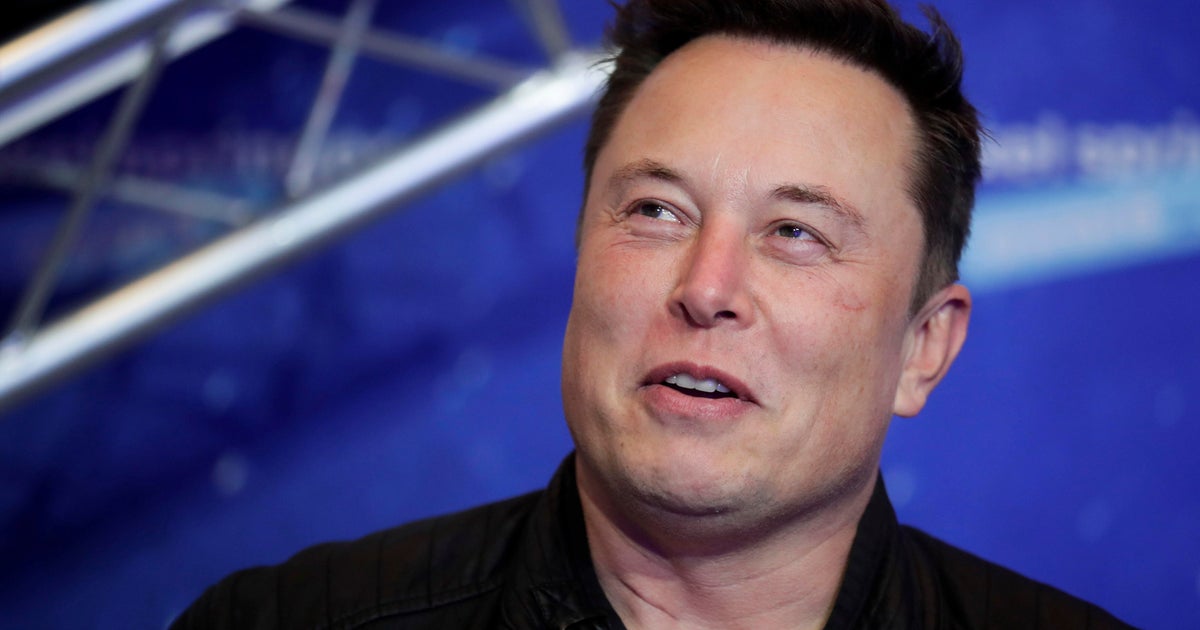Tesla’s board of directors is seeking shareholder approval for a groundbreaking pay package for its CEO, Elon Musk. The proposed compensation could potentially reach a staggering $1 trillion over the next decade. This initiative aims to secure Musk’s dedication to Tesla and drive the company through a crucial phase of growth, particularly in autonomous technology and robotics. The package involves awarding Musk approximately 423 million shares, currently valued at $143 billion, contingent upon achieving specific profitability, production, and market capitalization targets. For Musk to fully realize this compensation, Tesla must reach a market capitalization of $8.5 trillion, roughly eight times its current value. This bold plan underscores Tesla’s ambition and confidence in its future trajectory under Musk’s leadership. The board emphasizes the necessity of this incentive to retain Musk’s focus and commitment amidst his various ventures. This article delves into the details of the proposed pay structure, the ambitious targets Tesla must achieve, the potential implications for the company and its shareholders, and the legal challenges surrounding Musk’s previous compensation packages. Tesla’s board is asking shareholders to approve a new pay package for CEO Elon Musk that could be worth up to $1 trillion in a decade, representing one of the richest compensation packages in corporate history. According to a filing published Friday, the electric car maker’s board wants to award Musk about 423 million shares, which today have a value of $143 billion, if the company hits certain profitability, production and market capitalization milestones. “Tesla does not currently have a long-term CEO performance award in place to retain and incentivize Elon to focus his energies on Tesla and lead us through this pivotal moment in our history. It’s time to change that,” board members said in a letter to shareholders. This bold move by Tesla highlights the company’s reliance on Musk’s leadership and its anticipation of significant growth in the coming years. The structure of the pay package is designed to align Musk’s interests with those of the shareholders, incentivizing him to achieve ambitious goals. For Musk to earn the full pay package, Tesla would have to reach a market cap of $8.5 trillion — about eight times its current value — in 10 years. At that level, the stock awarded to Musk would be worth more than $1 trillion. Tesla would also need to hit certain operational targets for Musk to collect the full pay package. Those include delivering 20 million vehicles; producing 1 million of the automaker’s self-driving “robotaxis”; and manufacturing 1 million of the company’s humanoid robots, dubbed Optimus, which are currently under development. These targets represent a substantial increase in Tesla’s production and market presence. Achieving these goals would not only unlock the massive pay package for Musk but also solidify Tesla’s position as a leader in the automotive and robotics industries. Musk would also receive more voting power over Tesla under the proposed plan. The company’s new compensation scheme “represents a critical next step to keep Musk as CEO at least until 2030,” Wedbush analyst Dan Ives said in a report, adding that Tesla is “heading into one of the most important stages of its growth cycle with the autonomous and robotics future now on the doorstep.” This increased voting power underscores the board’s confidence in Musk’s vision and leadership. It also ensures that Musk has the necessary authority to steer the company through its ambitious growth plans. The entrepreneur’s previous compensation has drawn legal challenges. In 2018, Tesla investors filed a lawsuit challenging Musk’s $56 billion pay package, alleging that he and the company’s board had breached their fiduciary duties. In December, a Delaware judge ordered the company to revoke that award. In August, Tesla said it was granting Musk shares totaling . These legal challenges highlight the complexities and scrutiny surrounding executive compensation, particularly when it reaches such extraordinary levels. The outcome of these challenges could have significant implications for Tesla and its governance practices. Tesla’s vehicle sales have stalled over the last year, from the previous year — the car maker’s first annual sales decline in 12 years — amid mounting competition from rival automakers and unhappiness at Musk’s support for President Trump. In its most recent quarter, Tesla reported that quarterly profits plunged from nearly $1.4 billion to $409 million, while revenue also sank. Tesla’s stock price has slumped in 2025, but has risen more than 54% over the last 12 months and roughly 143% over the last five years. Despite recent challenges, Tesla’s long-term performance remains strong. The company’s ability to navigate these challenges and capitalize on future opportunities will be crucial in achieving the ambitious targets set for Musk’s pay package. Tesla’s proposed pay package for Elon Musk represents a significant gamble on the company’s future growth and Musk’s leadership. If approved, this compensation plan will tie Musk’s financial success directly to Tesla’s ability to achieve ambitious production, profitability, and market capitalization goals. The targets are ambitious, requiring Tesla to increase its market cap eightfold and achieve unprecedented levels of production in both electric vehicles and robotics. While the financial performance in 2025 has been slumping, the company stock price has significantly increased over the last 5 years, reaching a + 143% over the last 5 years. The ultimate success of this compensation plan hinges on Tesla’s ability to navigate market challenges, maintain its competitive edge, and continue innovating under Musk’s guidance. The outcome will not only shape Musk’s financial future but also determine Tesla’s position in the evolving automotive and technology landscape.

Tesla Offers Pay Package to Elon Musk Worth Up to $1 Trillion – FYM News
by
Leave a Reply